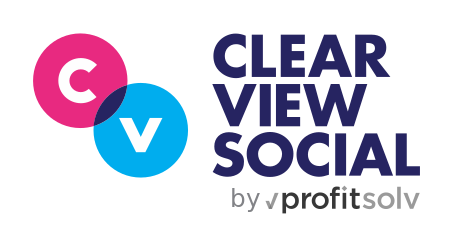As originally seen on Forbes
Think of LinkedIn like a footrace: at the center of the pack are a whole bunch of people. They’re tripping over others’ feet, elbowing each other, and altogether disappearing amongst the crowd. Then, towards the front, you have some outliers. People who are running in solitude, pushing their way forward. Finally, you have your stragglers, runners who have fallen behind and can’t quite seem to catch up.
Standing out amongst the crowd of faceless and random strangers on LinkedIn can seem quite intimidating, but there are a few simple things that you can do to jet yourself to the front of the race.
Profile Photo
This one may seem a no-brainer, but you would be surprised how often I have to say it: have a profile photo. Would they let you into another country without a photo I.D? Not even close. So don’t try to use LinkedIn without a professional headshot. We are professionals remember, not bloggers on Tumblr.
Secondly, I know you’re not a model, but splurge a bit on a professional headshot. You can find options between $75 to thousands of dollars, but its worth investing whatever fits your budget in making a great first impression.
A good headshot can really set you apart from all of the amateur profiles on LinkedIn.
About Section
The ‘About’ section is a probably a close second to the profile photo in importance. This section is what will go most in-depth on you, telling your story, and letting people know who you are and what you are about. There is a simple template that I always recommend when people start putting this section together.
- Lead with what you are best at (and the type of business you are most interested in attracting)
- Specific examples of your greatest accomplishments.
- Additional accolades, and interests
Many people write their about section all wrong, they start with very general history and then eventually towards the end they through in the punchy persuasive stuff. You need to do this the other way around. Lead with specificity, eventually share your general competence or skill.
Next up are specific examples, which I like to put in bullet points. It just makes it clear and easy to read. Throw in no more than 3 to 4 bullet points after the lead sentences. These should be specific examples that prove the statement of skill made in the first sentences. For example if your leading sentence says, “World famous mountain climber and guide,” then your bullets should list out your most daring summit attempts.
Finally, accolades and interests. Do you write for a trade publication or are you on a speaking circuit talking about your special skill? This is the place for that. Volunteer work and other civic causes (caveat: steer clear or politics or religion here, unless you are a priest or politician.) Finally, let the people have a taste of your personality. I’ve personally summited a few mountains, so I add it in here. Will people hire me simply because of my mountaineering? Probably not, but adding your interests will make you more approachable.
I always get the question of whether or not to write the ‘About’ section in the first or third person and I’m afraid there is no right answer. Numerous studies have shown that there isn’t any difference for people when they’re browsing LinkedIn. Most professional services firms tend to lean towards third-person more, but Adrian thinks that is confusing. Adrian also think it is most natural when it is you talking to talk in first person. You know what I mean?
Work and School History
This next section is simple, but will require a bit of maintenance: your work and school history. You always want to keep this section as up-to-date as possible. List every promotion, every job, every degree. This is the easiest resume for people to find so you want to make it easy to read. Avoid any confusion on here, just a simple list of your work and education history.
Recommendations
Recommendations are another important part of LinkedIn, . You wouldn’t buy an item on Amazon without reviews, right? Well, on LinkedIn reviews serve a similar purpose. Reviews can be impactful, but they are not likely to make or break your experience. The only reason they really exist is so that LinkedIn profiles can rank higher in search, but that is just my theory- since LinkedIn doesn’t really try to promote them as much as they used to.
Here is a simple tip for generating a powerful LinkedIn recommendation. The next time someone gives you a since compliment for providing them great work or service, stop and say, “thank you so much for that compliment, I rely on word of mouth from my customers to grow my business, would you be willing to write a recommendation for me on LinkedIn?” 99% of the time they agree. Now here is the trick, go into the recommendations section and request a recommendation from that person- and literally type out what you remember them saying to you.
Then, all they have to do is copy and past and make any edits for accuracy and hit “submit.”

